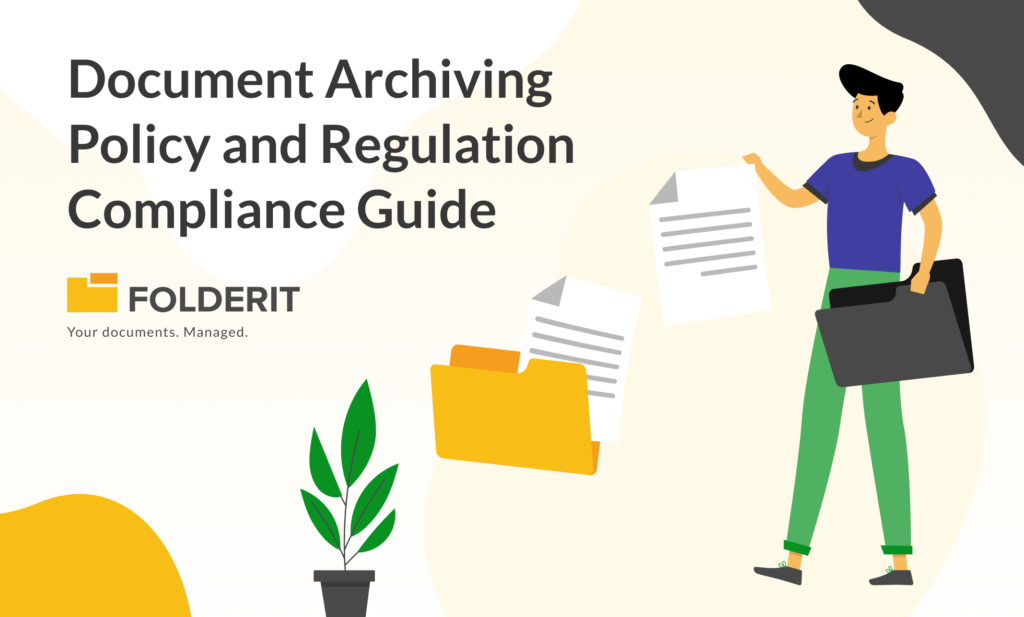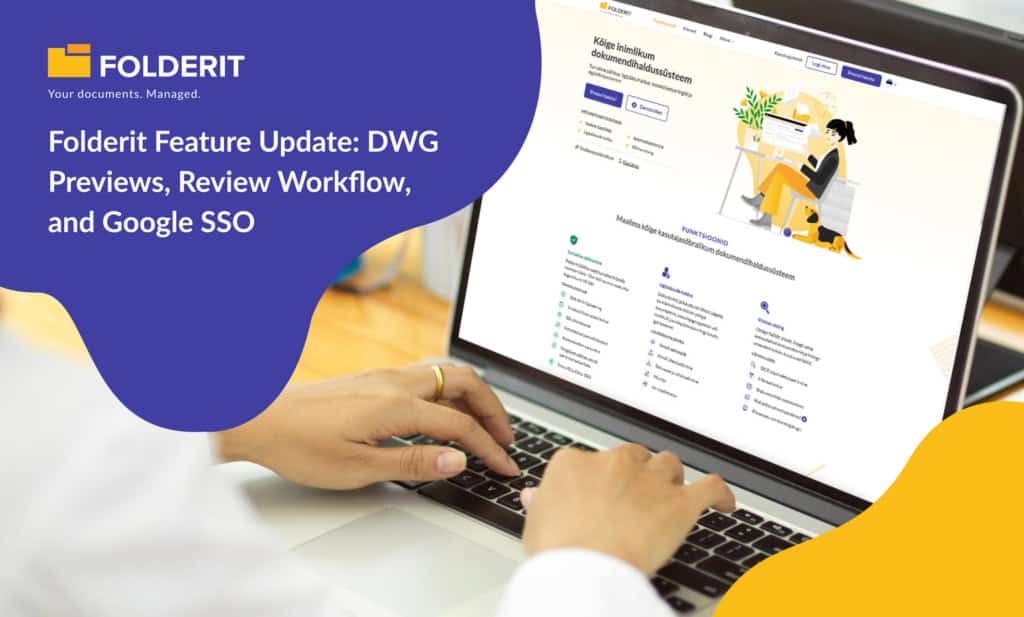The integration of Electronic Document Management Systems (EDMS) in healthcare signifies a critical leap towards digitalization and efficient data management. To realize the full benefits of EDMS, comprehensive and strategic training for healthcare staff is essential.
1. Customized Training for Diverse Roles
Training should be tailored to the specific roles and responsibilities within the healthcare system. Given the varied interactions different staff members have with EDMS – from clinicians to administrative personnel – offering workflow-based and role-specific training modules enhances relevance and efficiency. This approach ensures that each user's training aligns with their daily tasks and responsibilities, thereby maximizing the effectiveness of the EDMS in their respective roles.
2. Selecting and Empowering Effective Trainers
The proficiency and expertise of trainers are pivotal. It's crucial to identify and leverage skilled trainers, potentially seeking external experts experienced in similar implementations. The adoption of a 'train-the-trainer' program is recommended, where trainers are assessed for their proficiency in instructing and managing the system. These trainers become key facilitators in disseminating knowledge and ensuring consistent training quality across the organization.
3. Development of a Tailored Training Curriculum
Collaboration among training managers, Clinical and Medical Informatics Officers (CMIOs), and physician leadership is key in developing a robust training curriculum. This curriculum should align with updated policies and procedures, reflecting the new system workflows. Additionally, pilot training classes with operational leaders can validate the curriculum content and training structure, ensuring they meet the practical needs of the staff.
4. Specialized Training for Physicians
Physicians often require specialized training strategies due to their unique interaction with the EDMS. Developing a physician-specific training plan, utilizing physician champions as trainers, and focusing on specialty-specific needs can foster quicker and more effective system adoption among physicians.
5. Mandatory Training Compliance
Implementing a policy that mandates training completion and demonstrated competency for system access is crucial. This policy ensures that only adequately trained staff have access to the EDMS, maintaining system integrity and effectiveness.
6. Efficient Training Management and Tracking
Establishing a systematic approach for managing, scheduling, and tracking end-user training is imperative. Early identification of the Learning Management System (LMS) to be used, coupled with a well-structured process for managing ongoing and future training needs, ensures consistent training delivery and tracks progress effectively.
7. Logistical Optimization of Training Sessions
A well-organized training session takes into account logistical elements like ideal classroom size, accommodating diverse schedules, and utilizing centralized training locations. Such meticulous planning contributes to the effectiveness of the training, catering to the needs of various shifts and specialties within the healthcare setup.
8. Backfill Coverage Planning
Start planning for backfill coverage well ahead of the EDMS go-live date. This foresight ensures that key personnel, especially Champions and Super Users, are available for training sessions and post-training support, without impacting their regular duties.
9. Assessing and Enhancing Computer Literacy
Before initiating EDMS-specific training, assessing the staff's computer literacy is critical, especially in practices transitioning from paper-based systems. For those needing foundational skills, basic computer training should be provided, using resources that suit the organization's budget and schedule.
10. Identifying and Leveraging Super-Users
Super-users, or tech-savvy individuals, should be identified and empowered to lead by example. These individuals assist in peer-to-peer learning and help distribute the training burden by offering immediate support to their colleagues.
11. Focusing Training on Relevant Features
Training should concentrate on features and functions staff members use daily. Overloading staff with the entire gamut of EDMS capabilities can be overwhelming and counterproductive. Instead, focus on practical, day-to-day functionalities relevant to each department's workflow.
12. Post-Implementation Feedback and Continuous Training
Training doesn't end with implementation. Regular post-implementation feedback sessions are essential to identify challenges and adapt training accordingly. These sessions should include staff from various departments, offering diverse perspectives and suggestions for improving system use.
Beyond Implementation – Fostering Proficiency and Adaptability in Healthcare EDMS Training
Effective EDMS training in healthcare is a multifaceted process that extends beyond the initial implementation phase. By embracing these advanced training strategies and best practices, healthcare organizations can ensure a smooth transition to EDMS, fostering an environment where staff are not only proficient in using the system but are also equipped to leverage its full potential.
This approach leads to enhanced patient care, improved data management, and an overall increase in organizational efficiency. The true measure of success in EDMS implementation lies in the continuous adaptation and evolution of the training processes to meet the ever-changing demands of healthcare technology.



